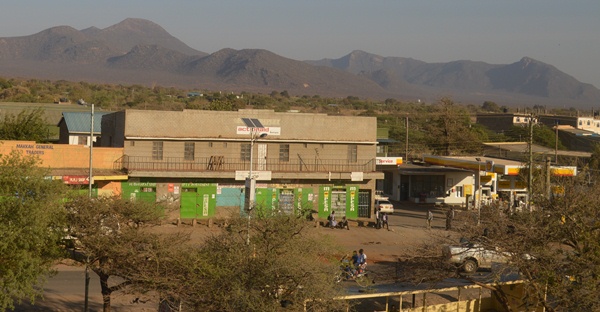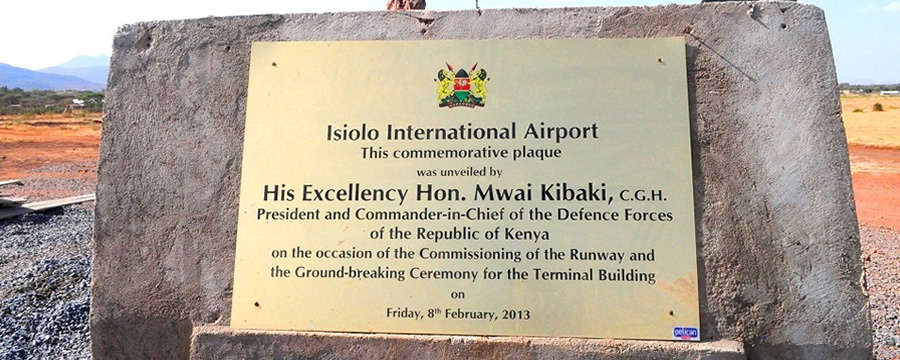The ground breaking for the Lamu Port South Sudan Ethiopia Transport LAPSSET corridor project took place on 2nd March 2012.
The project intends to link Kenya to Southern Sudan and Ethiopia through construction of highways, pipelines and railways. It is estimated that the project will contribute to Kenya’s economic growth by adding between 8-10% of GDP to the economy.
There following is a list of projects that will be built as part of LAPSSET:
- Isiolo, Lamu and Lokichokio International Airports
- Lamu Port
- Isiolo Resort City
- Lamu Resort City
- Lake Turkana Resort City
- Pipeline – to send oil from Southern Sudan to Lamu Port
- Railway line among others
It is estimated that by 2030, over 7 million passengers per year will travel between Nairobi and Isiolo. On the same note another 700 thousand passengers will travel from Nairobi to Lamu through Garissa.
Financing of LAPSSET Project
The Railway project is anticipated to cost US$7,100 million. That is a lot of money! Eeh, this is astronomical. You may spend a lifetime counting this money in Kshs 1,000 notes denominations. This reminds me of some calculations we did back at Nyambaria High School with my friend Chieta Mogaka. We were trying to find out how much money you can count if you are counting Ksh 1,000 note every second 24 hours 7 days a week for a whole year. (Note that this is theoretical it can not be done).
i.e. 365 days x 24 hours x 60 minutes x 60 seconds = Ksh. 31, 536, 000,000
It makes me dizzy to realize that I will only be able to count Ksh. 31.5 billion shillings only in a single year. Assuming that I do not do anything else. No sleep, no eating, nothing but continuous counting. We have to appreciate the people who invented the money counting machines.
I have used this analogy to show you that the LAPSSET corridor requires huge amounts of money in order to achieve these dreams.
Sources of Financing for LAPSSET
- Multilateral sources
- Bilateral Sources
- Contributions from countries that will benefit from the project (Southern Sudan, Kenya and Ethiopia)
- Private Public Partnership
Demand for Water
The developments along the corridor will require a lot of water for construction. For instance, in Lamu it is anticThe ground breaking for the Lamu Port South Sudan Ethiopia Transport LAPSSET corridor project took place on 2nd March 2012.ipated that between 181,550 to 296,750 cubic meters of water per day will be required. This is a lot of water compared to the current water requirement for Lamu town which stands at 3,000 cubic meters per day. In another article, we will explore the options for water sources to make the project possible.
Communication System for the LAPSSET
The LAPSSET corridor will be connected using Fiber Cable (FOC) Network. This is according to the feasibility study report and Master Plan prepared by Japan Port
Consultants (JPC) and BAC/GKA JV Company.



